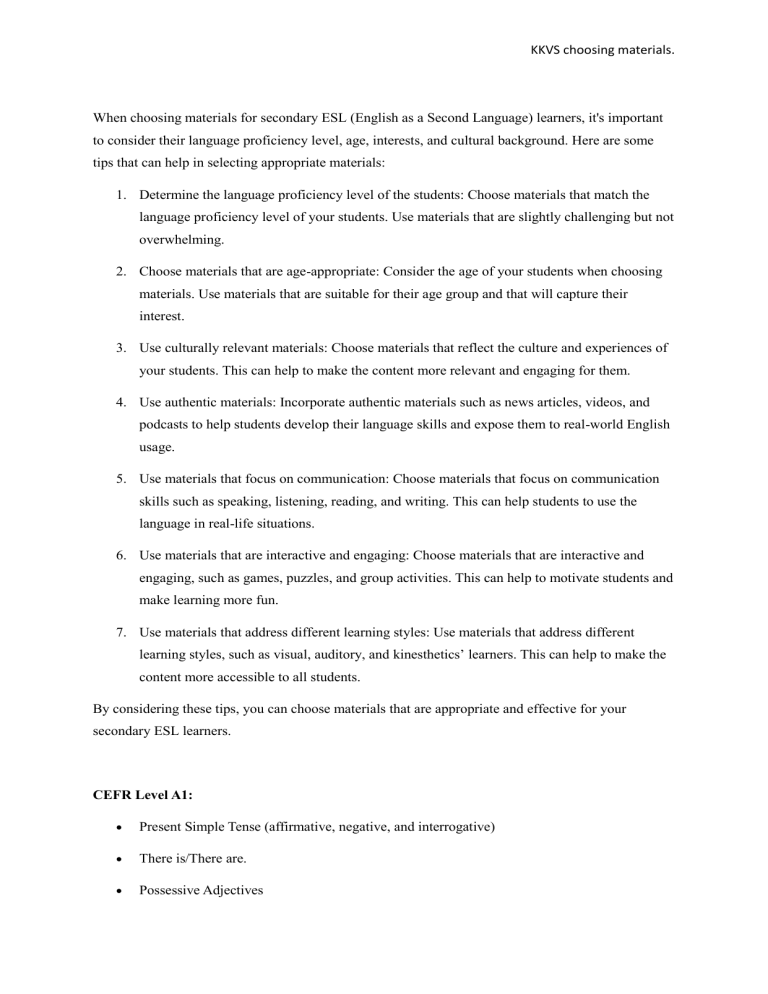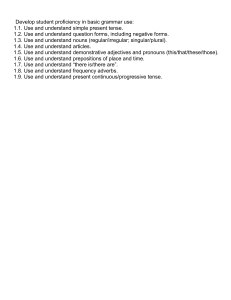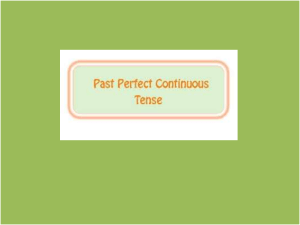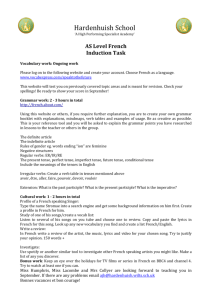
KKVS choosing materials. When choosing materials for secondary ESL (English as a Second Language) learners, it's important to consider their language proficiency level, age, interests, and cultural background. Here are some tips that can help in selecting appropriate materials: 1. Determine the language proficiency level of the students: Choose materials that match the language proficiency level of your students. Use materials that are slightly challenging but not overwhelming. 2. Choose materials that are age-appropriate: Consider the age of your students when choosing materials. Use materials that are suitable for their age group and that will capture their interest. 3. Use culturally relevant materials: Choose materials that reflect the culture and experiences of your students. This can help to make the content more relevant and engaging for them. 4. Use authentic materials: Incorporate authentic materials such as news articles, videos, and podcasts to help students develop their language skills and expose them to real-world English usage. 5. Use materials that focus on communication: Choose materials that focus on communication skills such as speaking, listening, reading, and writing. This can help students to use the language in real-life situations. 6. Use materials that are interactive and engaging: Choose materials that are interactive and engaging, such as games, puzzles, and group activities. This can help to motivate students and make learning more fun. 7. Use materials that address different learning styles: Use materials that address different learning styles, such as visual, auditory, and kinesthetics’ learners. This can help to make the content more accessible to all students. By considering these tips, you can choose materials that are appropriate and effective for your secondary ESL learners. CEFR Level A1: Present Simple Tense (affirmative, negative, and interrogative) There is/There are. Possessive Adjectives KKVS choosing materials. Plural Forms of Nouns Personal Pronouns (subject and object) Simple Prepositions (e.g., in, on, under, etc.) Basic Adjectives (e.g., big, small, hot, cold, etc.) CEFR Level A2: Present Continuous Tense (affirmative, negative, and interrogative) Past Simple Tense (affirmative, negative, and interrogative) Comparative and Superlative Adjectives Modal Verbs (e.g., can, should, must, etc.) Prepositions of Time and Place (e.g., at, in, on, to, from, etc.) Gerunds and Infinitives Basic Phrasal Verbs CEFR Level B1-B2: Present Perfect Tense (affirmative, negative, and interrogative) Past Continuous Tense (affirmative, negative, and interrogative) Future Forms (e.g., will, going to, present continuous, etc.) Reported Speech (e.g., statements, questions, and commands) Conditional Sentences (first, second, and third) Passive Voice (present and past) Relative Clauses Note: The above grammar focus areas are suggestions and not an exhaustive list. The grammar focus areas should be customized based on the specific needs and language proficiency levels of the learners. The grammar focus areas should also be integrated with the skills focus areas such as reading, writing, speaking, and listening, to provide a holistic approach to language learning. Bilingual KKVS choosing materials. based on the specific needs of the learners and their language proficiency levels in both languages. The grammar focus areas should also be integrated with the skills focus areas such as reading, writing, speaking, and listening, to provide a holistic approach to language learning. Sure, here are some specific grammar focus areas that can be helpful for bilingual Thai students learning English for IGCSE: Verb Tenses (including present simple, present continuous, past simple, past continuous, present perfect, and future tenses) Subject-Verb Agreement Passive Voice Modal Verbs (e.g., can, must, should, etc.) Reported Speech Conditional Sentences (including first, second, and third conditionals) Gerunds and Infinitives Relative Clauses Adjective Order and Comparison Pronoun Usage (including subject, object, possessive, and reflexive pronouns) Articles (definite and indefinite) Prepositions (including prepositions of time, place, and movement) Note: The above grammar focus areas are specific to the IGCSE curriculum and the language proficiency levels of bilingual Thai students. The grammar focus areas should be customized based on the specific needs of the learners and their proficiency levels in both Thai and English. Additionally, the grammar focus areas should be integrated with the skills focus areas such as reading, writing, speaking, and listening, to provide a holistic approach to language learning. Sure, here are some examples of Present Perfect Tense and Past Continuous Tense in affirmative, negative, and interrogative forms: Present Perfect Tense: Affirmative: KKVS choosing materials. I have studied English for three years. She has visited Thailand twice. We have finished our homework. Negative: I haven't seen that movie yet. She hasn't finished her work. They haven't decided on the plan. Interrogative: Have you ever travelled abroad? Has he finished his project? Have they played that game before? Past Continuous Tense: Affirmative: I was studying when the phone rang. She was cooking dinner at 7 pm. We were driving to the beach when it started raining. Negative: I wasn't watching TV when you called. She wasn't working yesterday. They weren't playing soccer at that time. Interrogative: Was he studying when you called him? Were they playing tennis when it started raining? Were you sleeping when I arrived? Note: In the examples above, the verb 'to have' is used to form the Present Perfect Tense, while the verb 'to be' in the past tense is used to form the Past Continuous Tense. The auxiliary verbs 'have/has KKVS choosing materials. and 'was/were' are used to form the affirmative, negative, and interrogative forms of both tenses. The past participle of the main verb is used in Present Perfect Tense, while the present participle with '-ing' is used in Past Continuous Tense.




